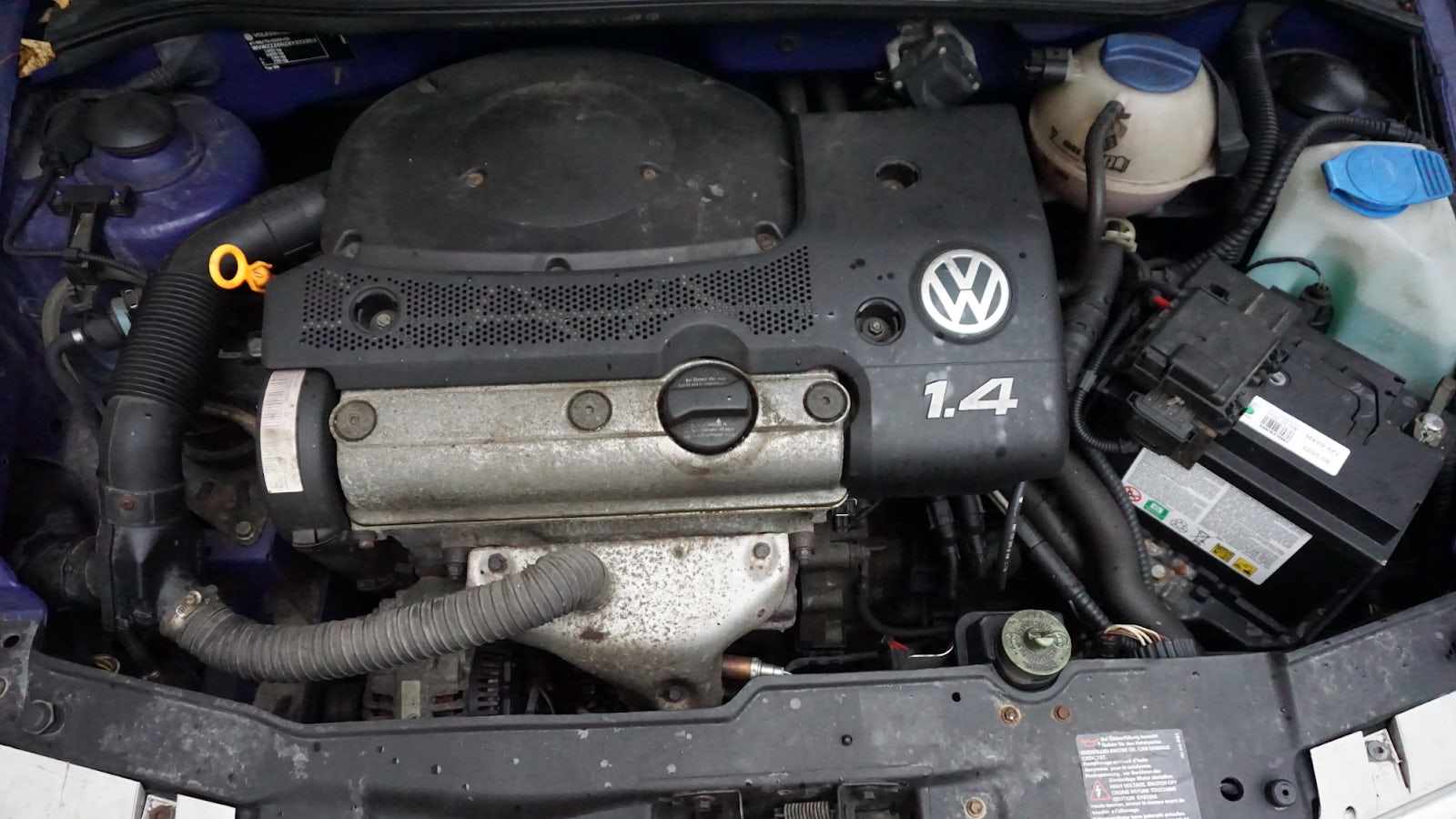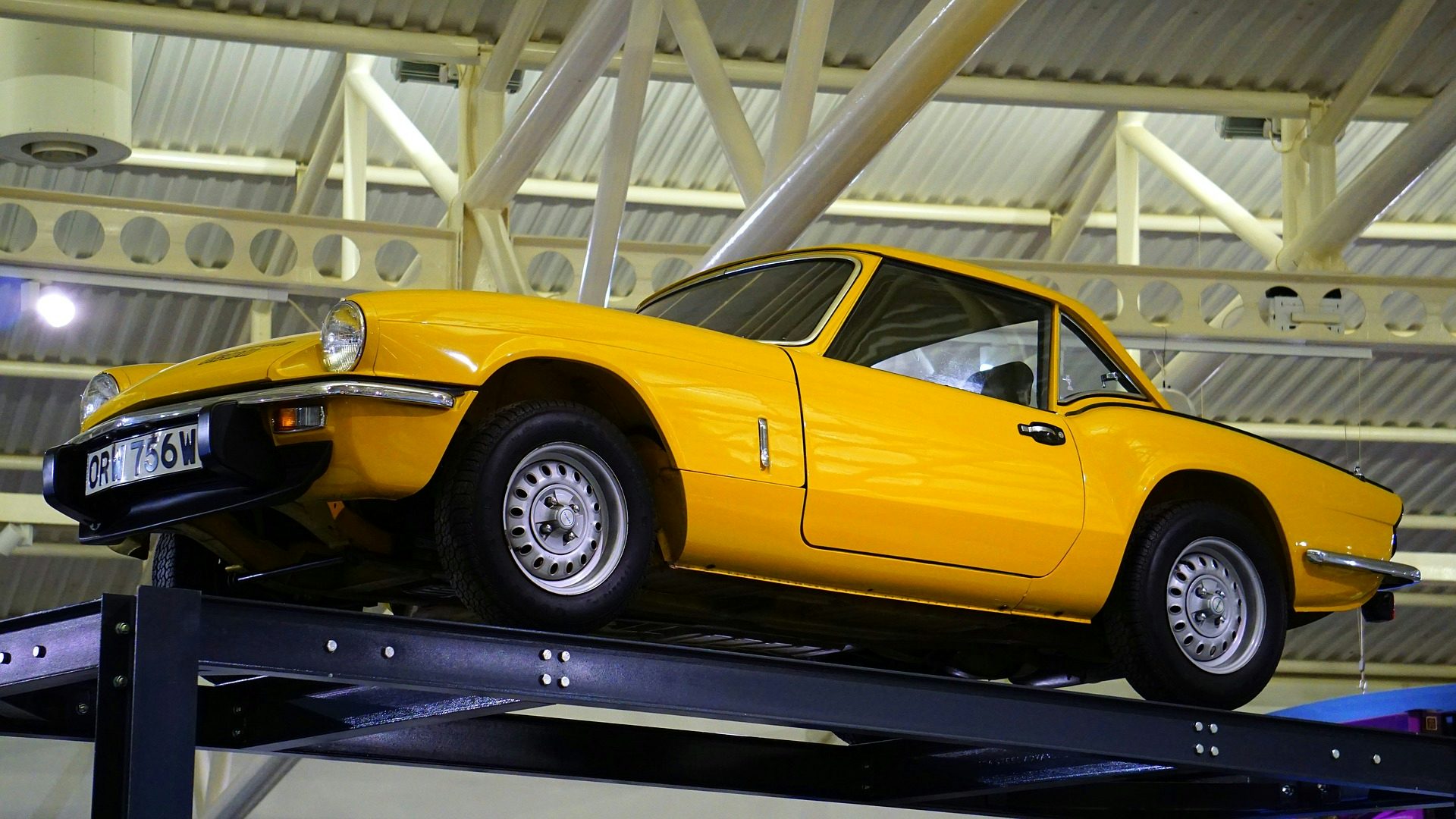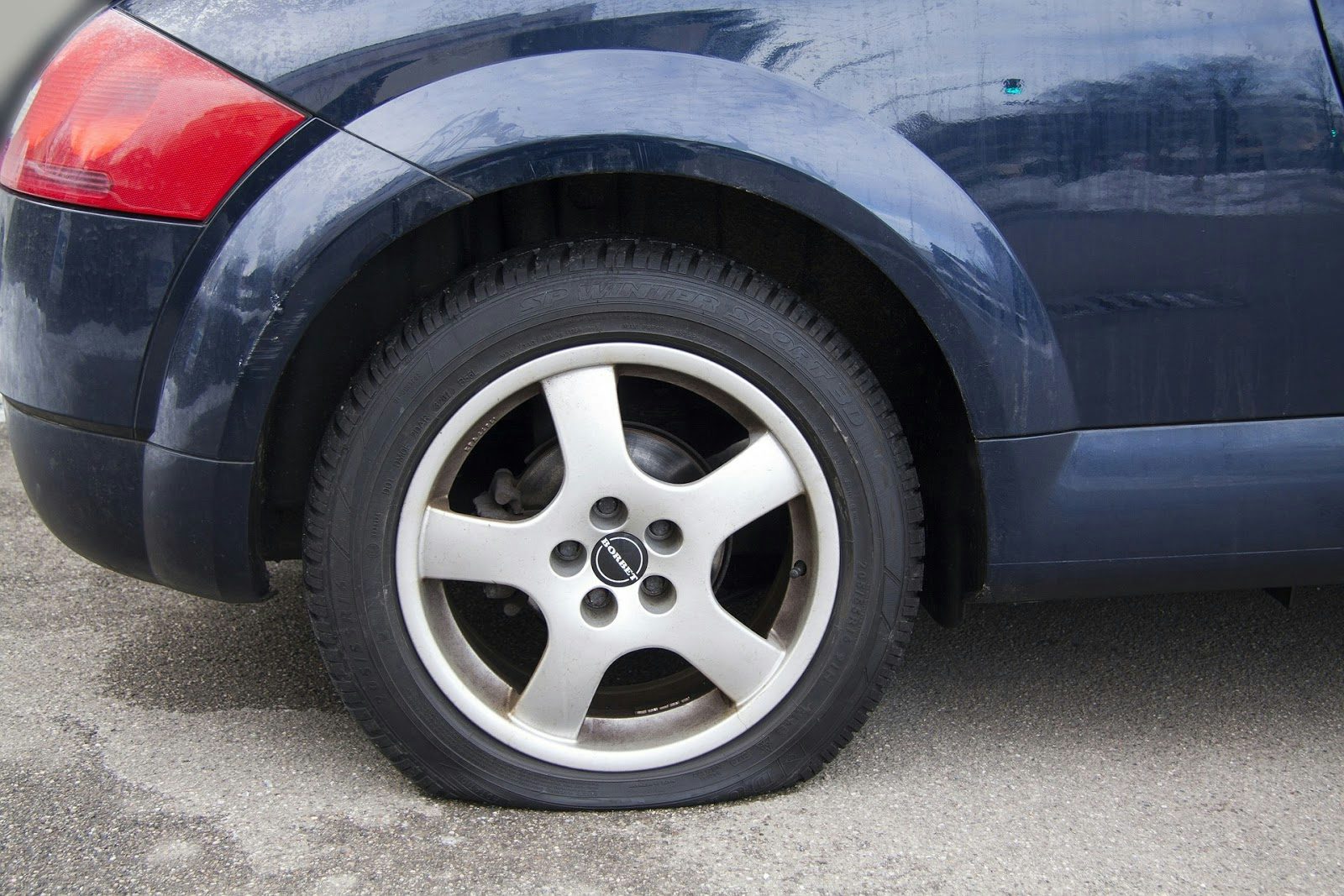
What causes breakdowns?
Breakdowns are frequent on the roads and are almost exclusively caused by a driver not servicing a vehicle often enough, or not taking proper care to ensure the vehicle is roadworthy before taking off.
To reduce the risk of a breakdown:
- Make sure that you have enough fuel to last the journey before you depart
- Maintain and service your vehicle
- Regularly check your oil level and tyre pressure
- If your vehicle breaks down, think first of all other road users and:
- Get your vehicle off the road if possible
- Warn other traffic by using your hazard warning lights if your vehicle is causing an obstruction
- Help other road users see you by wearing light-coloured or fluorescent clothing in daylight and reflective clothing at night or in poor visibility
- Put a warning triangle on the road at least 45 metres (147 feet) behind your broken-down vehicle on the same side of the road, or use other permitted warning devices if you have them. Always take great care when placing or retrieving them, but never use them on motorways
- If possible, keep your sidelights on if it is dark or visibility is poor
- Do not stand (or let anybody else stand) between your vehicle and oncoming traffic
- At night or in poor visibility do not stand where you will prevent other road users seeing your lights

Brake failure
Your brakes can stop working and you need to know how to act if that happens. In case of brake failure:
- Downshift to a lower gear or ‘low’ if automatic
- If you do not have ABS, try to pump the brake pedal hard and fast to see if you can build up brake fluid pressure.
- Gradually apply the parking brake and keep the release button pressed to prevent the wheels from locking
If none of the above works, try to steer in a safe direction until you roll to a stop. If driving at high speeds, you may rub your vehicle against the guard rail/divider/curb to slow down using friction. Make sure that you come in at a shallow angle to avoid a crash. Honk your horn and flash your lights to warn others.
Coasting
This term describes a vehicle travelling in neutral or with the clutch pressed down. It can reduce driver control because
- engine braking is eliminated
- vehicle speed downhill will increase quickly
- increased use of the footbrake can reduce its effectiveness
- steering response will be affected, particularly on bends and corners
- it may be more difficult to select the appropriate gear when needed
Tyre blowouts

Tyre pressure and tread depth need to be kept at safe levels. Make sure your vehicle’s tyres are in a good condition and have a tread at least 1.6mm deep
In case of a tyre blowout, grip your steering wheel firmly and compensate for any pull to the side(s).
- If a front tyre blows, your vehicle will usually pull to the damaged side
- If a rear tyre blows, your vehicle will usually wobble to the sides
Do not panic or brake immediately and try not to oversteer in response to a pull to one side. Slow down gradually once the vehicle is under control, and look for somewhere to pull over. Keep in mind that your vehicle can behave in an unknown way based on the road conditions.
Stalling (e.g. at a railway level crossing)
Stalling at the wrong places can be very dangerous. You should always use your hazard warning lights to warn other road users if your car stalls. If you are unable to restart the engine and there is no immediate danger, push the vehicle. Make sure to put it in a neutral gear before pushing.
Stuck accelerator
If your vehicle continues at the same speed or accelerates when you release the accelerator, it could be stuck. Try to depress the clutch in a manual vehicle (or placing the gear in ‘NEUTRAL’ if automatic), and then apply firm pressure on the brakes without causing the wheels to lock.
